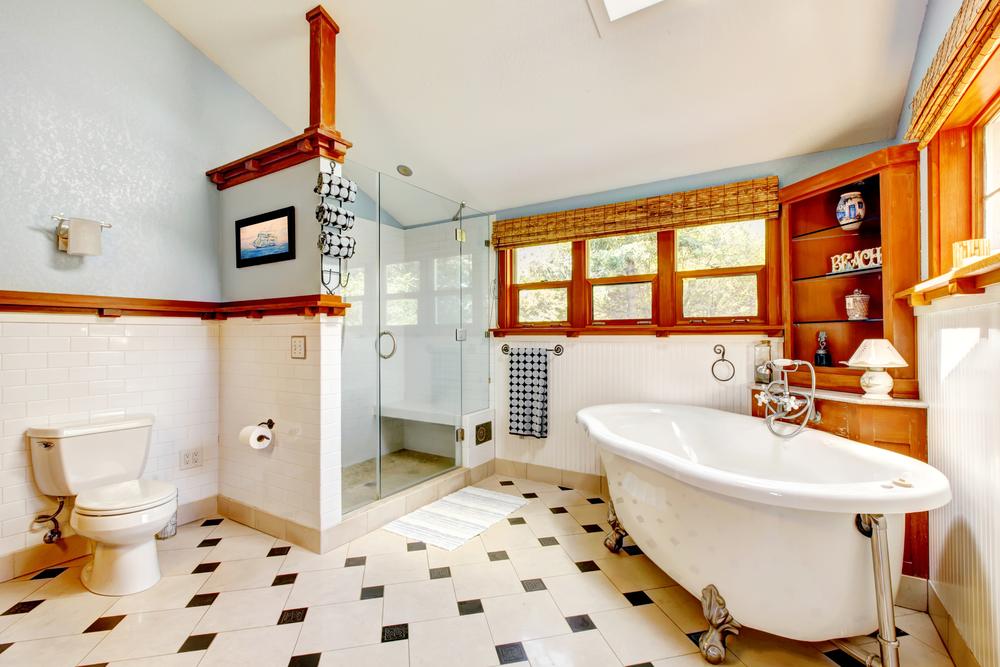A primer on home bathroom remodeling
Even if you invest wisely to get your perfect master bathroom, do not forget it has an average lifespan of around 20 years, beyond which loose or broken tiles, leakages in faucets and frequent choking of toilets are common faults. As the bathroom comprises multiple components in premium space coupled with water pipes and electric wiring, the remodeling project can be daunting and challenging.
When you are investing in a bathroom remodeling project, you must ensure there is some value addition in terms of saving money on energy and water, apart from the aesthetics.

Be ready for the unexpected
Damage due to hidden water, either from a leaky shower or a bath tub or a running toilet is the most common problem, which leads to a spongy floor. Thus, it is extremely important that an experienced contractor does a thorough exploration to identify the problem areas before starting work on remodeling your home bathroom. You must allocate 10 percent of the budget as a buffer for last-minute surprises.
Toilet should be unobtrusive
It always makes sense to hide away the toilet either by placing it behind a wall or creating an enclosure within the room. You can also create the necessary barrier by placing a piece of the dresser instead of a framed wall, which would save the extra expense of remodeling the bathroom.
Right choice for flooring
Porcelain tiles are great for flooring as well as the walls. You must opt for large tile sizes, so as to minimize the grout lines, thereby ensuring easy cleaning and maintenance. Moreover, large tiles are economical and some of them give a look of natural stone.
Right choice for bathroom inks
Porcelain bathroom sinks give a look of grandeur, but they are prone to chipping, whereas enamel on steel sinks are stain-resistant as well as durable. Solid surface sinks can be integrated both with the vanity countertop as well as adjoining cove or backsplash. Enhance the visual interest by installing a granite or quartz countertop. Laminates and solid surface countertops are economical and cost effective, but they are easily prone to scratches.
Bathtubs versus shower areas
Decide whether you really need the bathtub. If you are not a bathtub person, then use the space for creating large shower areas with shower heads, body sprays and steam generators.
Conserve water and reduce utility bills
WaterSense program from Environmental Protection Agency recommended that products like shower heads, toilets and faucets are 20 percent more efficient than the other products. Low-flow shower heads generate a sustaining pulse while satisfying the flow rate of 2.5 gallons per minute. On the other hand, toilets use 1.28 gallons per flush. This effectively means a saving of 16,000 gallons of water and more than $200 on an annual basis for a family of four.
The DIY approach on a home bathroom remodeling can be effective to reduce costs, but it is better to leave the more complicated installations to highly skilled professionals.


